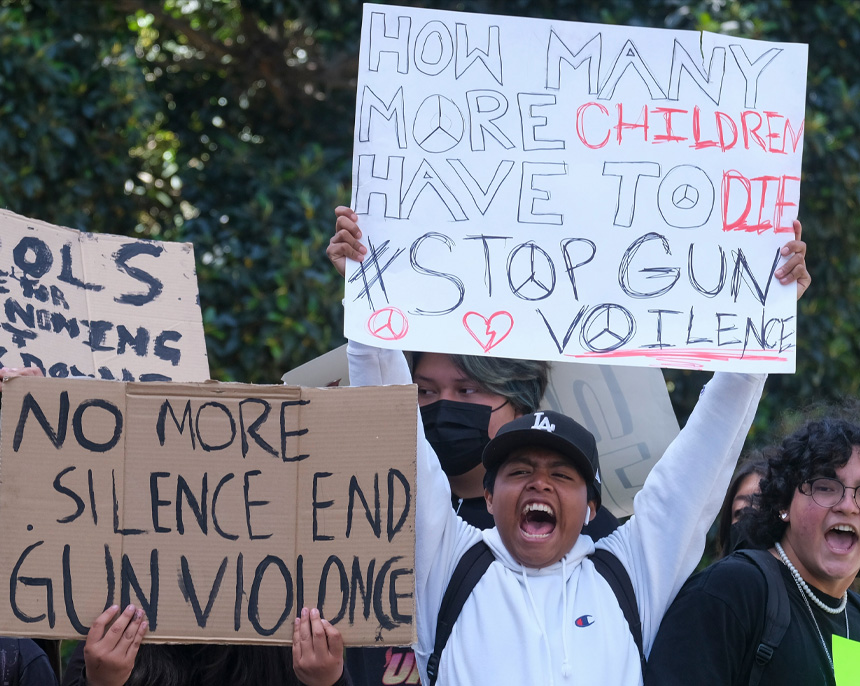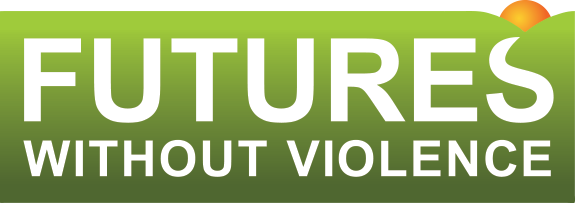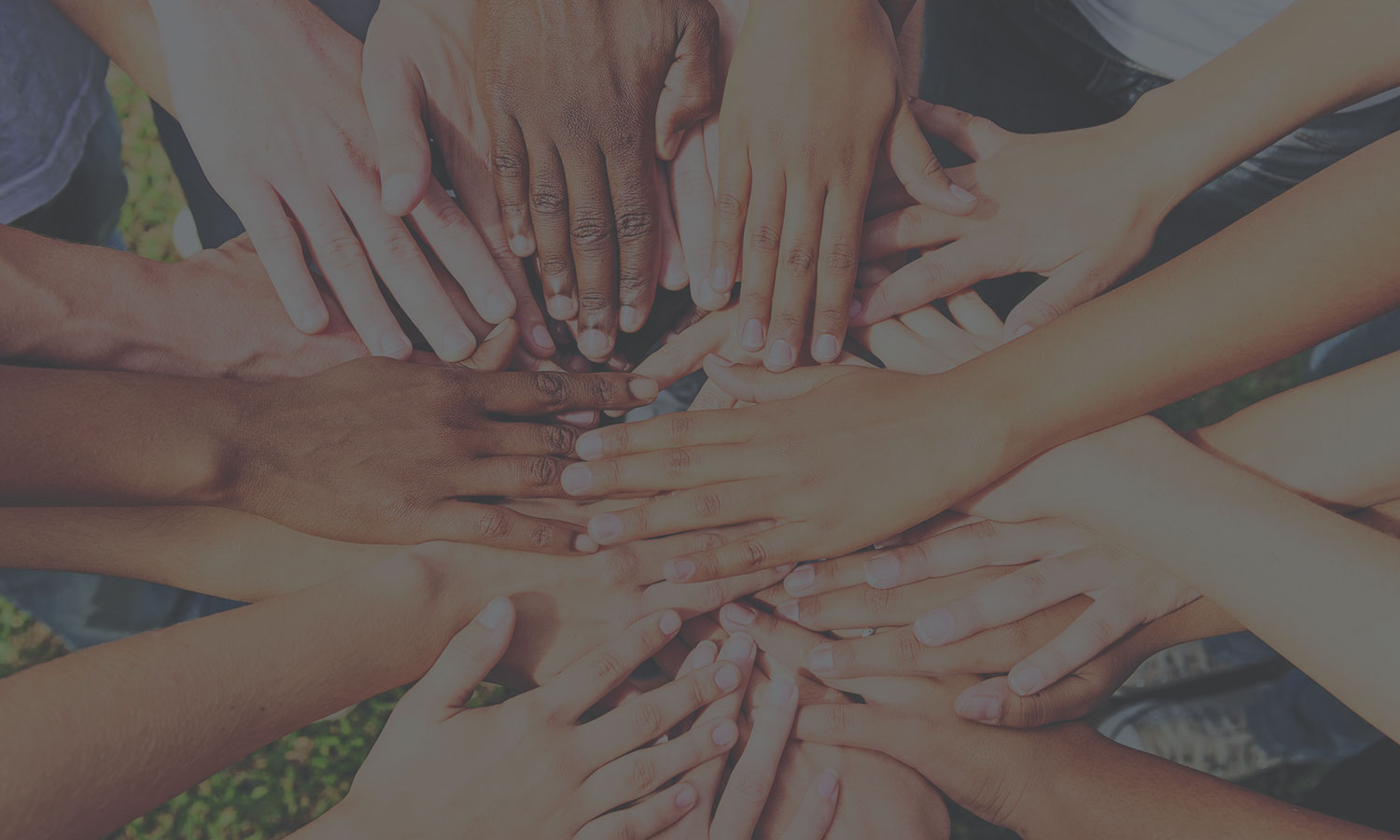5 Things We Can Do about Gun Violence and Children

When I worked as a counselor for children exposed to violence in my home state of North Carolina, there’s one phrase I heard again and again: “this is the way it is.”
It was at a time when young people were becoming accustomed to hearing gunshots, listening to news reports of shootings in their city, and seeing guns within their homes and were accepting this behavior as if it was the norm.
Unfortunately for victims of gun violence, that refrain is all too familiar. Gun violence may affect everyone differently, but child after child who I met said they were “feeling numb” to the violence they witnessed. In many ways they were taking their cues from the adults in their lives, from all of us, who seemingly have grown accustomed to the unacceptable gun violence all around us.
Guns Are Leading Cause of Death Among Children
While 2023 has just began, gun violence has already claimed over 4,000 lives this year – and it’s just the start of February. The U.S. has already experienced 39 mass shootings this year. Most recently, a school shooting in Des Moines in January claimed the lives of two teenagers.
In fact, firearms are the leading cause of deathamong children and teens. While gun violence is not limited to any one zip code – it’s true that some children witness and experience more gun violence, especially those growing up in underinvested, metropolitan communities. In fact, children of color are impacted gun homicides at higher rates than white children. As a result of discriminatory policy decisions to segregate and underinvest in historically redlined communities, Black and Hispanic communities of color bear the unfair, unnecessary, unimaginable, and unspeakable pain and grief of losing family members due to everyday gun violence.
The reality is that not only are we losing our children to senseless gun violence but the trauma and exposure to witnessing violence within their environment can have a lasting impact. Children who witness gun violence can experience a variety of mental and behavioral health concerns including anxiety, depression, isolation and post-traumatic stress disorder. They are also more likely to abuse drugs and alcohol, perform poorly in school and resort to aggressive or violent behavior.
Of course it’s not just children who experience trauma. Several families I knew in my practice felt the crushing blow of learning their children were murdered. While not all stories are the same, it is safe to say that families who have suffered the pain of losing their child to gun violence have had to implement what one survivor mentioned to me during a session and that is “learn to breathe again… just take one breath at a time” or else the grief and pain will become overwhelming.
5 Things Advocates Can Do
Our children should never accept that senseless violence is the norm. And neither should we. There are many things that we can do.
- Learn more about the impact. Whether you’re a policymaker, organizational leader or activist, you can take the initiative to understand the impact that gun violence is having throughout the nation. Learn how the intersection of racism and gun violence devastates communities of color, regardless if you hear of it in the media. Remember, not all gun violence cases involving children and teens makes the headlines, whether locally or nationally.
- Focus on intervention strategies that work. The good news is there are evidence-based strategies that work to prevent community gun violence. Community-based strategies such as Street Outreach, Group Violence Intervention (GVI) and Hospital Based Violence Intervention (HBVIIP) programs are the most prevalent. These programs provide support to high-risk individuals within communities and offer resources to deter future criminal behavior. In addition, programs like Becoming a Man (BAM) have been shown to address the impacts of trauma on young men and reduce violence. We need to implement these programs in more localities.
- Fund more research and prevention programs. More funding is critical for the CDC and other research institutions that study gun violence. Congress recently passed the Bipartisan Safer Communities Act (BSCA) in 2022, which allocates $250 million dollars for community violence prevention funding. It’s a start – but that’s not nearly enough. We also need to continue to invest in more accessible trauma-informed mental health services in school and community health care settings. The BSCA allocated around $240 million to increase awareness of mental health issues among school-aged youth and appropriated approximately $40 million over four years to improve treatment and services for children, adolescents, and families who have experienced traumatic events. While this investment was critical, it is time for legislators to sustainably put more dollars into this public health crisis at the federal, state and local levels in order to save more lives.
- Keep guns away from children. It is also vital to lift up the need for child access prevention and safe storage laws that will help to prevent further child and teen deaths by encouraging responsible adults to secure their firearms within their homes. Safe storage laws such as Ethan’s Law can help to encourage parents to store their firearms in a safer manner but also will keep accessible firearms from the hands of unsupervised minors who may unintentionally cause harm to themselves and to others.
- Keep guns away from abusers. And finally, we must ensure that guns do not remain in the hands of individuals who have been convicted of domestic violence and stalking. The Bipartisan Safer Communities Act partially closed the boyfriend loophole; we can do more. We need to fully close the “boyfriend (or dating partner) loophole” by passing federal legislation that will deny access to firearms to dating partners who have restraining orders against them and to convicted stalkers.
Gun Violence Is Preventable
We are in a state of emergency and more individuals need to understand the severity of this crisis. Just as COVID and racism are viewed as public health crises – gun violence should be deemed as a public health crisis as well.
Gun violence is preventable. It takes a concerted effort on all levels – federal, state, and local – investing and instituting programs and policies that will help save another child from being killed and another parent from enduring unspeakable grief.
Let’s show our children that we aren’t numb to this violence. And that this is not the way it needs to be.




